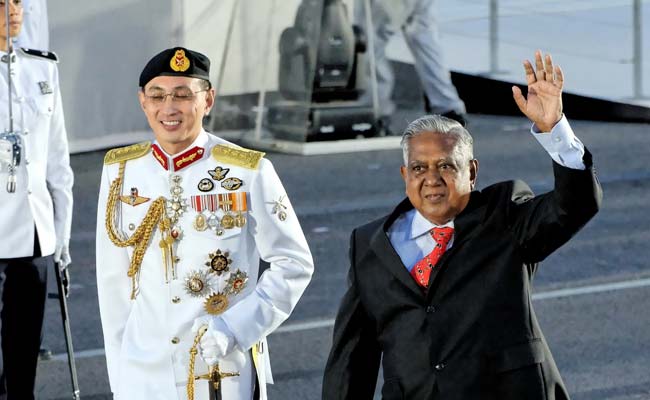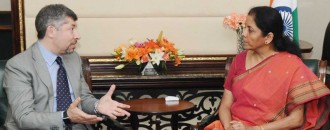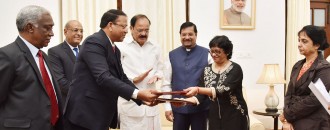
‘Strong Sino-Indian ties good for Singapore’ – S R Nathan
“If that is apparently the new trend indeed and it turns out to be real and is sustainable, it should augur well for improved Sino-Indian relations, as Singapore have an interest in the well-being of India and China,” wrote Nathan in his latest book ‘S R Nathan in Conversation’, launched by Singapore Foreign and Law Minister K Shanmugam at the Singapore Management University on Monday night. Elaborating on the changing trend in Sino-Indian ties, Nathan (90) noted that the President of China Xi Jinping’s visit to New Delhi and his offer of investment in infrastructure development in India is also a welcome move for the region. Giving his observation on the two of the fastest growing economies, Nathan pointed out that China’s Huawei has its second-largest R&D centre in Bangalore since the late 1990s, adding that an Indian company is said to be the fifth-largest tractor manufacturer in China. Nathan also recalled the occasionally tense relationship between the two countries after the 1962 war, which is often resurrected to suggest that China remains a threat. India has much warmer relationship with Singapore and the Association of South East Asian Nations, wrote Nathan in his book. “The people of Tamil Nadu have very strong feelings about the situation of Tamils in Sri Lanka. The Bengalis feel very strongly about Bangladesh, especially in terms of culture and language,” he wrote in the 224-page book. Nathan also recalled India’s good relations with Malaysia in the 1960s as to Singapore. Malaysia’s first Prime Minister Tunku Abdul Rahman started the Save Democracy Fund to help in India which was at war with China in 1962. “That must have affected India’s perception of Singapore as a city with a majority-Chinese population, that, in their view, did not make a stand in their favor,” wrote Nathan. But today, India and Singapore ties are strengthening with close cooperation in economic and defense matters as well as the Comprehensive Economic Cooperation Agreement, he wrote.
This article was published on January 20, 2015.






 to success.
to success.